Access to Collaboration Site and Physics Results
Zach Marshall
.jpg%3Fitok=FXwKHJRW)
A week of firsts
The annual conference, Moriond, is in its 50th edition this year, and I’ve had the pleasure of coming down to Aosta in Italy to participate in the QCD session; for the first time. It’s actually a week of firsts for me. The conference organizers described it as being in a kind of “QCD confinement”.
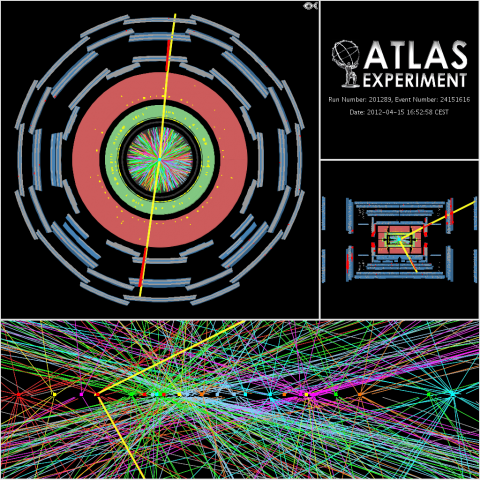
Defending Your Life (Part 3)
This is the last part of my attempt to explain our simulation software. You can read Part 1, about event generators, and Part 2, about detector simulation, if you want to catch up. Just as a reminder, we’re trying to help our theorist friend by searching for his proposed “meons” in our data.
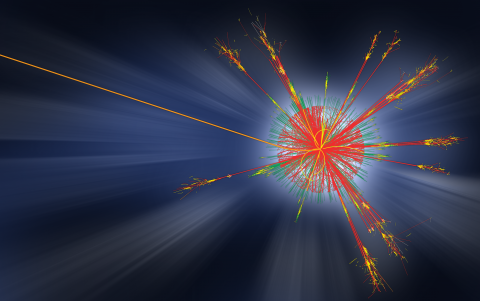
Defending Your Life (Part 2)
I’ve been working on our simulation software for a long time, and I’m often asked “what on earth is that?” This is my attempt to help you love simulation as much as I do.

Defending Your Life (Part 1)
Having spent many hours working on the simulation software in ATLAS, I thought this would be a good place to explain what on earth that is (H/T to Al Brooks for the title). Our experiment wouldn’t run without the simulation, and yet there are few people who really understand it.
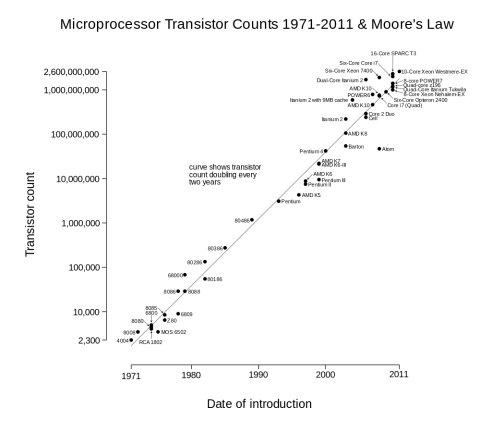
Letters from the Road
I've been lucky to get to make two workshop / conference stops on a trip that started at the very beginning of October. The first was at Kinematic Variables for New Physics, hosted at Caltech. Now I'm up at the Computing in High Energy Physics conference in Amsterdam. Going to conferences and workshops is a big part of what we do, in order to explain our work to others and share what great things we're doing, in order to hear the latest on other people's work, and - and this one is important - in order to get to talk with colleagues about what we should do next.
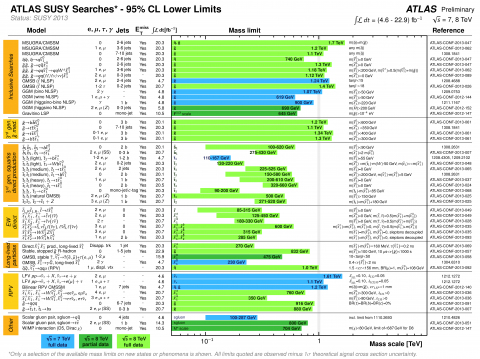
So where is all the SUSY?
Supersymmetry (SUSY) is one of the most loved, and most hated, theories around that works as an extension of our beloved Standard Model.
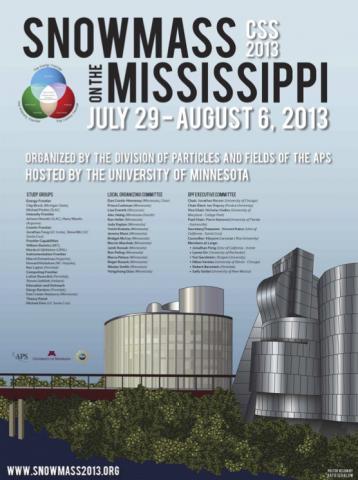
Snowmass from Afar
There's a (potentially) really big deal in physics that's just ended: the Snowmass conference. Ken over at the USLHC blog has already mentioned it, and I've been watching with interest from here in Geneva as well. The meeting, and its reports, are trying to walk an extrodinarily delicate line that's interesting for both the physics and the sociology involved.

A Few Missing Steps
After a long hiatus from US ATLAS, I recently started a new job at the Lawrence Berkeley National Laboratories. It's one of the few remaining labs in the US funded by the Department of Energy that does basic science research. It's the fourth job I've had in four years, all working on ATLAS, and all working on similar projects. This one is different, though: if I pass a performance review a few years from now, I'll have the lab-equivalent of tenure. I've had reactions ranging from "who did you have to kill to get that job" to "so who did you actually talk to to land that"?





